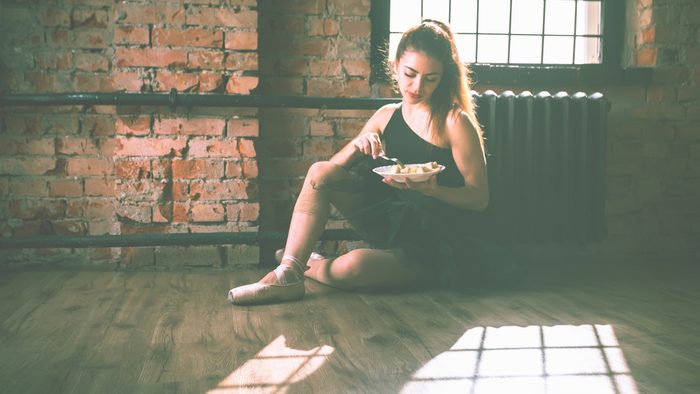
For dancers, food is fuel
With intense daily training and much-need high energy levels, their daily needs can go up and down. And while the dancer look is typically long, lean muscles, their diet isn’t lean on food at all. In fact, Amanda Murray, chef de cuisine at Canada’s National Ballet School (NBS), tells us that her ballerinas eat very much like a professional athlete would. “Dancers are athletes, and many athletes have very similar diets because they are all involved in highly intensive training.”
Here are 10 facts about the ballerina’s diet, that even surprised us.
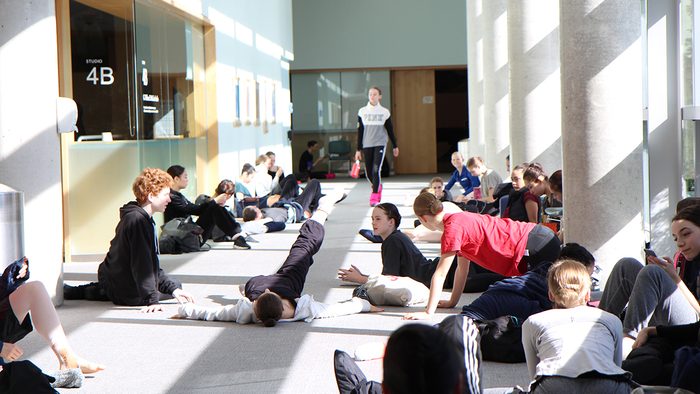
The dancer’s diet is not super strict.
The sports nutrition expert says: “Food is fuel. Young dancers need nutritious meals and snacks for healthy growth and sufficient energy for high-intensity training. They are encouraged to eat what they need, without deprivation, to fuel their bodies well. They learn to choose what they enjoy eating based on their dietary needs and any restrictions they may have.”
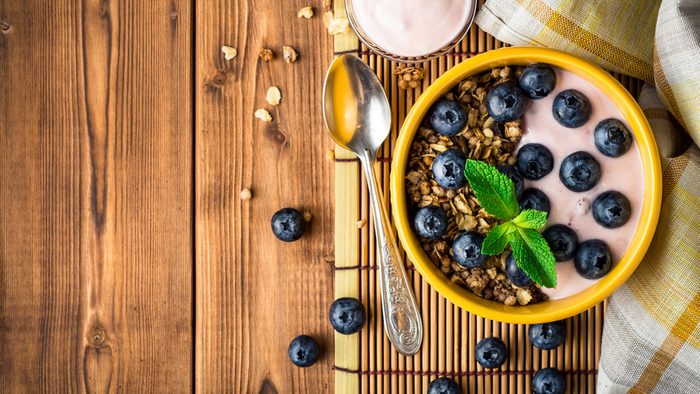
Ballerinas eat carbs.
The sports nutrition expert says: “Dancers, both males and females, must maintain a balanced diet and eat a wide variety of foods in order to sustain limber and injury-free bodies. Dancers at NBS exert a lot of energy and are offered a large variety of healthy meals, loaded with proteins and complex carbs, as well as snacks throughout the day to keep up their energy levels and keep them healthy.”
“Athletes need to consume food with good quality carbohydrates, and products that are unprocessed like fruits, vegetables, whole grains, legumes and even nuts and seeds.
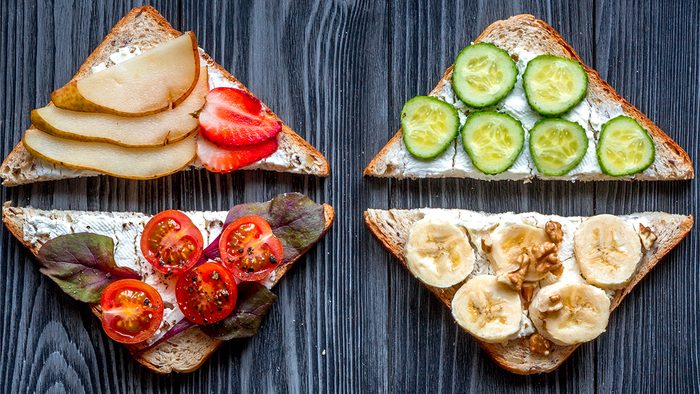
Ballerina’s eat all day long – no fasting.
The sports nutrition expert says: “The first meal of the day is at 7:15 a.m. and the last snack of the day is offered at 9:00 p.m. All students drink water throughout the day.”
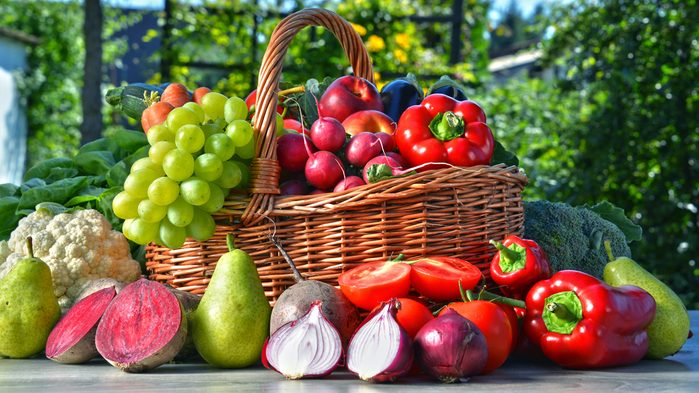
It’s all about whole foods
The sports nutrition expert says: “The key is to eat real food – in the least processed form possible – and eat a wide variety of each type of food – fruits, vegetables, nuts and seeds, grains, and legumes. Animal foods are fine to consume, but dancers must keep an eye on their serving sizes, as they’ll need less meat to reach protein adequate levels.”
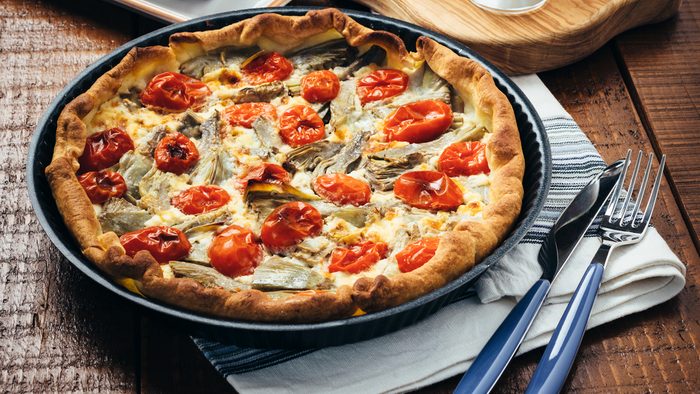
Their menu is long
The sports nutrition expert says: “During Assemblée Internationale 17, here’s what a day of meals looked like:”
- Breakfast: Roasted vegetable quiche, blueberry oatmeal, and there is always an assortment of cold cereal, whole wheat toast/English muffins, an egg/other protein, hot cereal, rice/grain and vegetable to choose from. There is also a smaller “salad” bar with fresh fruit, some meats and cheeses.
- Lunch: Turkey chili, herb and garlic tilapia with red quinoa and rice, always hot vegetables served as well as a salad bar.
- Dinner: Mandarin chicken with organic brown rice, chickpea curry with roasted vegetables, and again, there are always hot vegetables offered as well as a salad bar.
- Snack: Pita, olives and hummus, and peach yogurt parfaits
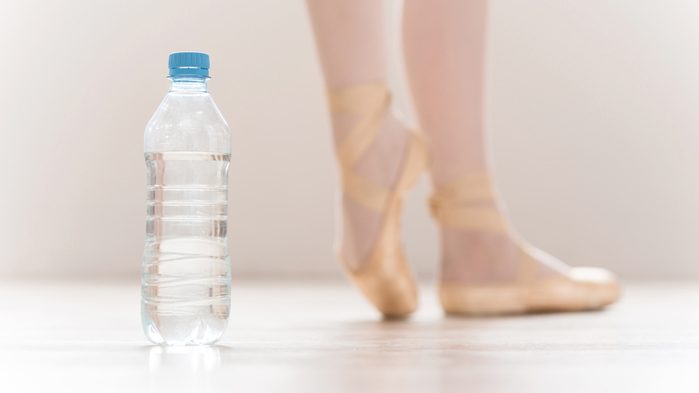
Ballerinas drink a ton of water
The sports nutrition expert says: “Drinking enough water in the day is essential for all athletes, dancers are also encouraged to eat fruits as they are a good source of water, among other things.” Water benefit for muscles.
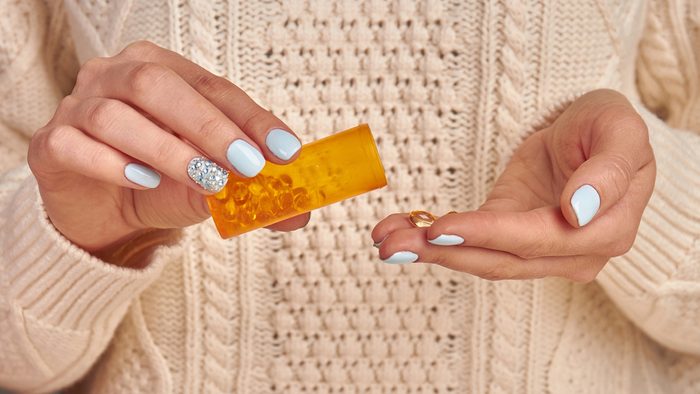
A dancer’s diet is all about vitamins & minerals
The sports nutrition expert says: “Everyone needs a small amount of vitamins to maintain their health, regulate tissue growth, making numerous chemical reactions work in the body, and so on. Each vitamin has a specific role in maintaining a healthy body. Vitamins can be found in fatty fishes, egg yolk, fruits and vegetables. We use minerals like iron, potassium, zinc and copper to make biochemical reactions work in our body.”
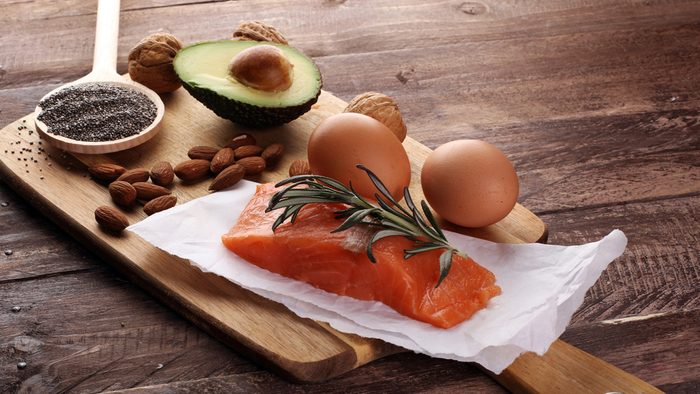
Ballerina’s don’t avoid eating fats
The sports nutrition expert says: “Unsaturated fats, specifically essential fatty acids, are a great source of energy and give athletes twice the fuel of carbohydrates.”
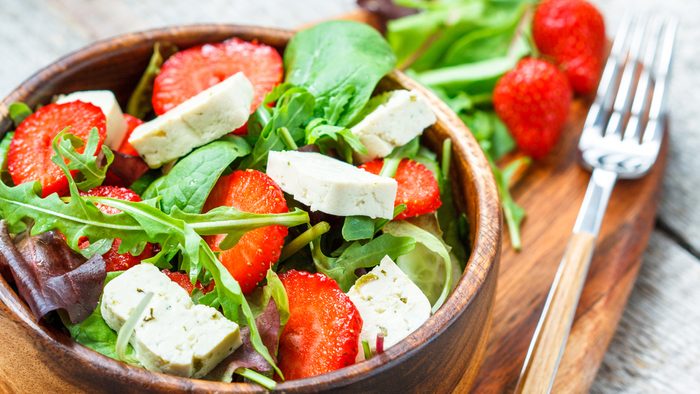
Protein doesn’t just come from meat
The sports nutrition expert says: “Amino acids make up proteins, and are the building blocks of everything from muscle to skin, to fingernails. Protein does not only mean animal-based foods, plants are also made of protein.” Examples include pecans, walnuts, black beans, pinto beans, quinoa and oats.
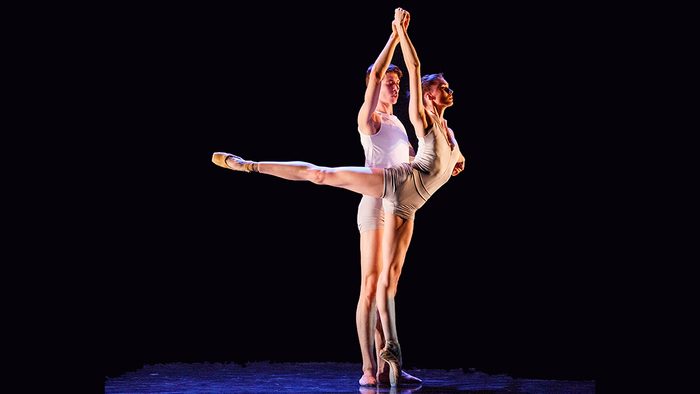
The biggest thing you should take away from this?
The sports nutrition expert says: “NBS encourages young dancers to take a simple approach to healthy eating with balanced meals that touches on each of the six essentials: Water, vitamins, minerals, carbohydrates, proteins and fats.
“It’s all about balance and choosing the right food to eat when you’re hungry. Reaching for a healthy, unprocessed snack is always the best option.”
For more reading, Murray suggests the book, A Dancer’s Guide to Healthy Eating, which is published by the NBS.
